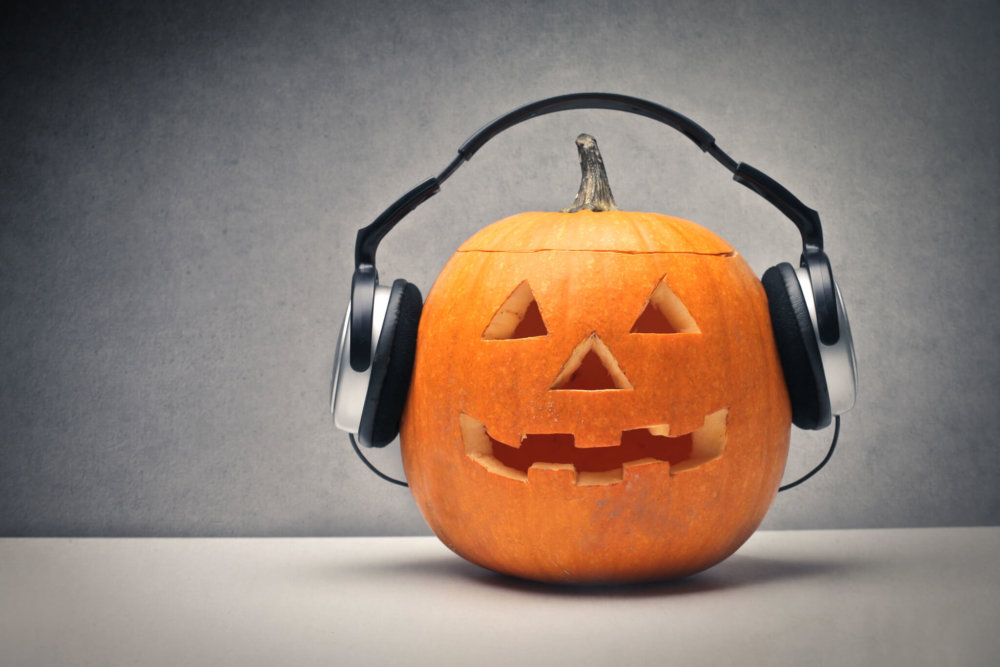Terez Rose is a ballet and classical music critic, who blogs regularly on her site, The Classical Girl. Her work has appeared in Crab Orchard Review, Literary Mama, Espresso Fiction, Philadelphia Inquirer, and Milwaukee Journal-Sentinel. Ms. Rose is also the author of the Ballet Theatre Chronicles (Off Balance, Outside the Limelight, Ballet Orphans) and A Dancer’s Guide to Africa.

